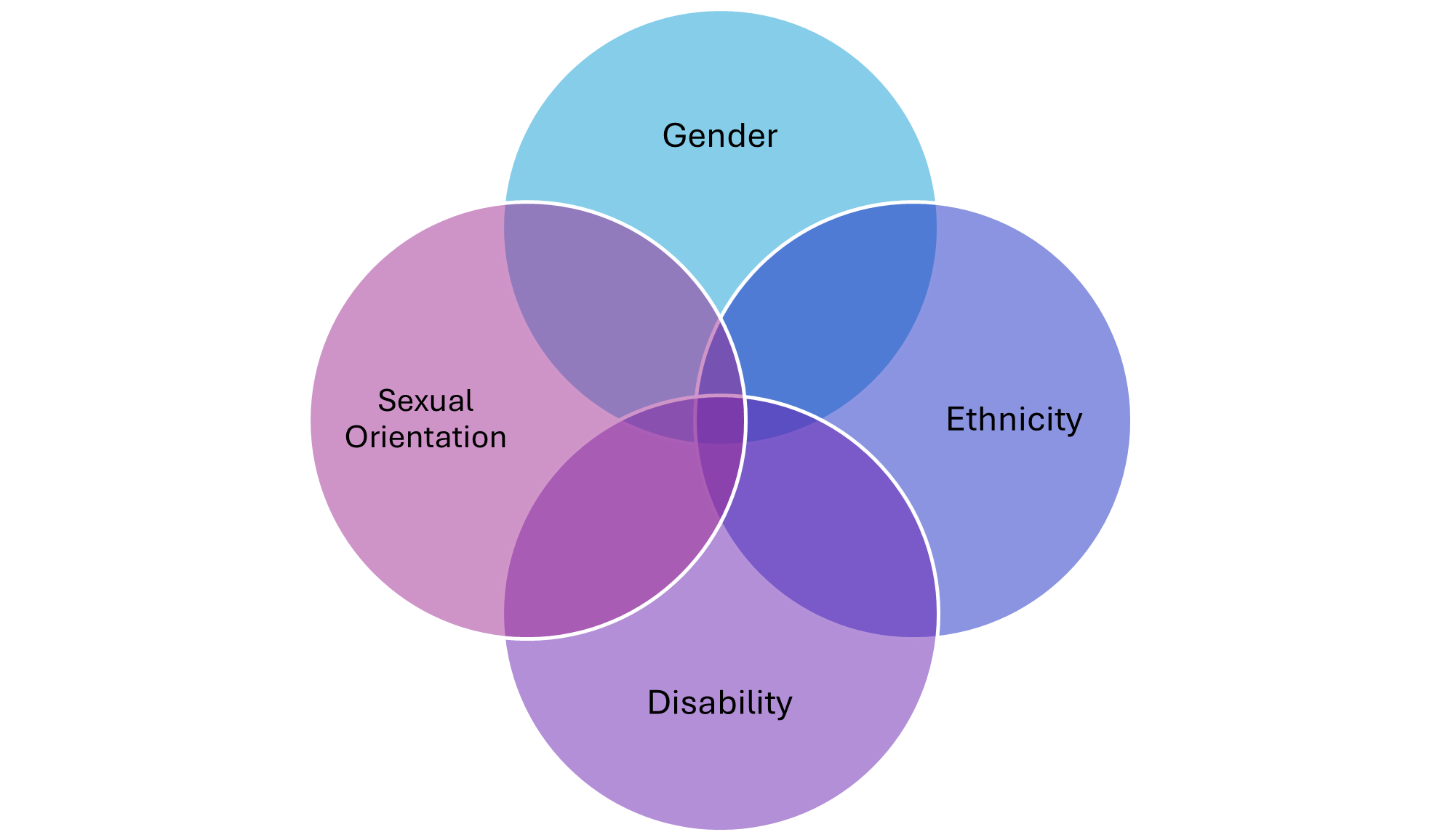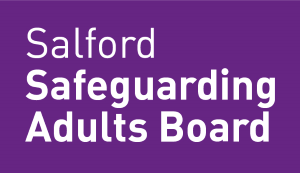Some factors can make people more vulnerable to domestic abuse, prevent them from reporting it or increase the risk:
Disability
According to a Public Health England report, Disability and domestic abuse: Risk impacts and response (2015), disabled people experience disproportionately higher rates of domestic abuse. They also experience domestic abuse for longer periods of time, and more severe and frequent than non-disabled people.
According to a SafeLives Spotlight #2: Disabled people and domestic abuse, whilst disabled women are twice as likely to experience domestic abuse than non-disabled women, this isn't reflected nationally in the referrals to MARAC (Multi-Agency Risk Assessment Conference).
Being reliant on a partner or family member for care can make it much more difficult for adults at risk who are experiencing domestic abuse to seek help. This can be because of physical barriers created by the perpetrator or because they are afraid of what will happen and how they will manage without the perpetrator.
Same sex relationships and domestic abuse
This is still very much a hidden area and prevalence data is limited, however studies indicate that domestic abuse within same sex relationships affects around 1 in 4 Lesbian, Gay and bi-sexual people, and for Trans people this is much higher.
A Safe Lives Spotlight Report 'Free to Be Safe: LGBT+ people experiencing domestic abuse' (September 2018) concluded that:
- Statutory and non-statutory services were missing opportunities to identify LGBTQ+ victims, survivors and perpetrators of domestic abuse
- LGBT+ victims were experiencing high levels of risk and complex needs before accessing support
- LGBT+ victims and survivors need support tailored to their needs and circumstances
- A victim's sexual orientation or gender identity can sometimes be targeted as part of the abuse
- Societal attitudes and lack of inclusion were preventing LGBT+ victims survivors from accessing the support they need.
Galop have produced research 'An isolated place': LGBT+ domestic abuse survivors' access to support and additional barriers faced.
Older Adults
Older adults aged 61+ are much more likely to experience domestic abuse from an adult family member or intimate partner than those aged 60 or under (SafeLives Insights, 2015-2016).
Older people can face additional barriers that prevent them from telling anyone about the abuse they are experiencing. This can be linked to their generational expectations, lack of knowledge or understanding of domestic abuse, lack of financial independence and lack of knowledge of support available and how to access it.
Dewis Choice is a project run by Aberystwyth University and provides a dedicated service service for older people who've experienced domestic abuse.
As part of their work, they have been able to understand the experiences of older people and use this to develop resources for practitioners which includes toolkits, practitioner guidance, videos and podcasts.
They have also adapted the Power and Control wheel to reflect the experiences of older people experiencing domestic abuse.
Male Victims
Male victims can face additional barriers that make it more difficult for them to disclose abuse / seek help. The Greater Manchester Domestic Abuse Practitioner Community has identified the following barriers:
- Fear of not being believed or being discriminated against
- Shame / embarrassment / feeling emasculated / humiliation
- Lack of awareness of support services available to them
- Fear of consequences - child contact, tenancies / home, financial
- GBTQ+ men - fear of homophobia can prevent disclosure
- Not being aware that what they are experiencing is domestic abuse
- Societal response - narrative and attitudes that men can't be victims of domestic abuse
- Lack of services / clear signposting to services for men, including refuge / safe accommodation
- Lack of communications campaigns for men
Honour Based Abuse and Forced Marriage
Being in a 'forced marriage' can make domestic abuse more difficult to report. The government has published guidance on forced marriage.
With honour based abuse, there are often multiple perpetrators, such as family members, extended family and/or other members of the community.
Intersectionality
Intersectionality recognises that people are multi-faceted and can experience abuse / barriers as a result of multiple characteristics. For example, a disabled lesbian woman, may experience cumulative barriers to reporting abuse.


